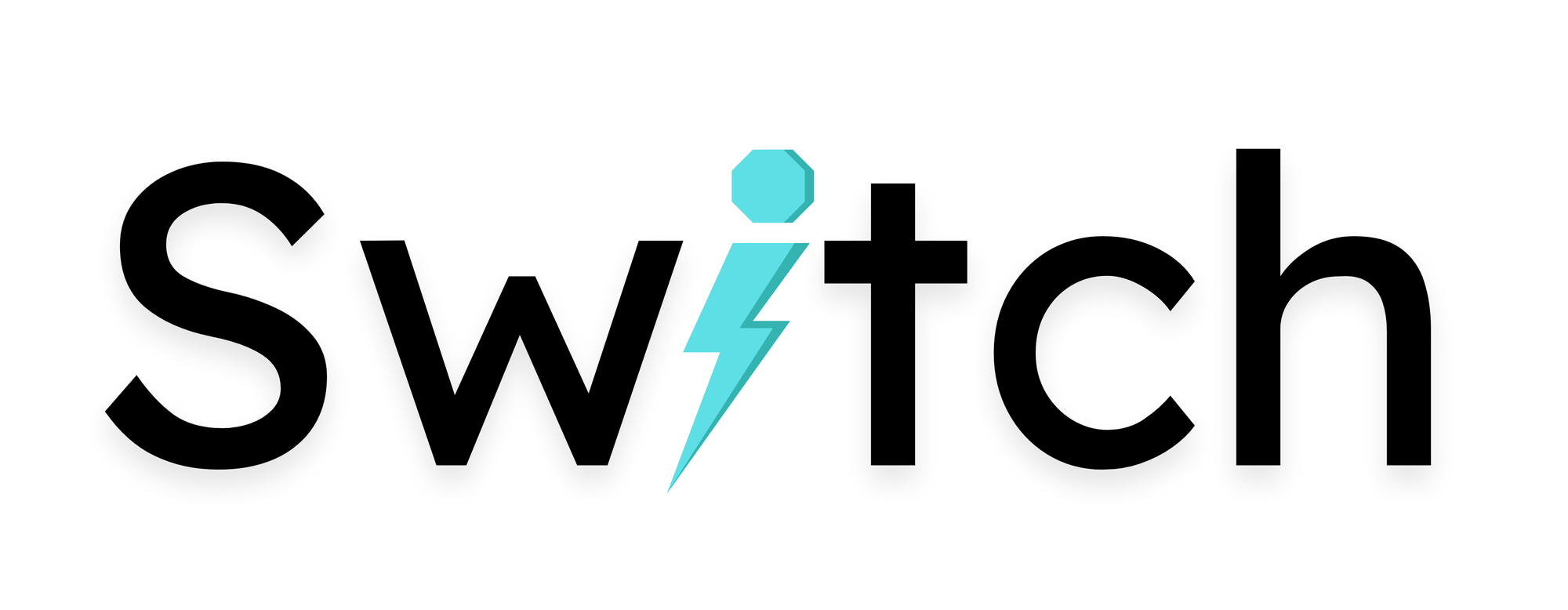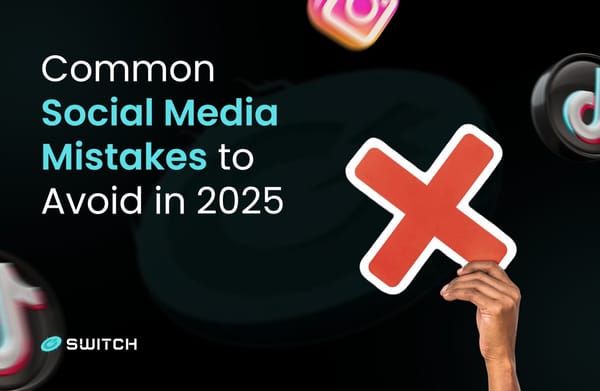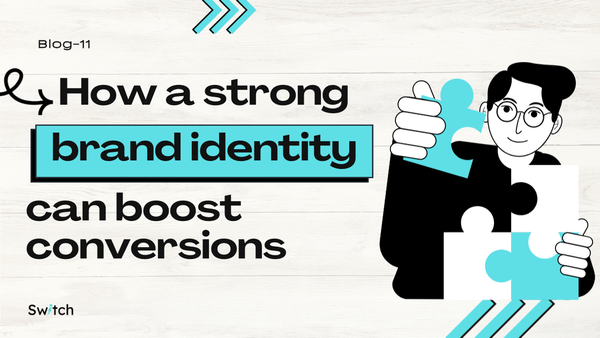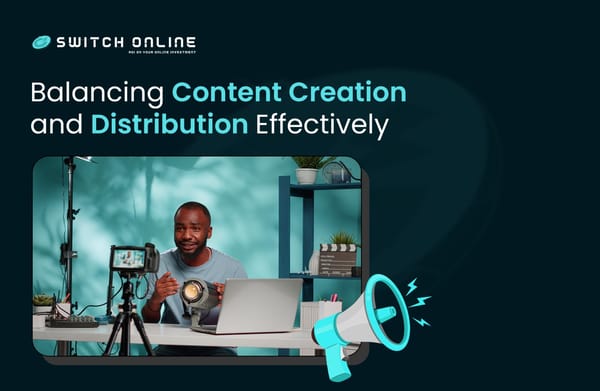How Advertising Fits into Your Marketing Strategy
Advertising is more than just running ads—it’s a critical piece of a cohesive marketing strategy. This article explores how advertising complements your efforts, helps you reach your audience, and drives meaningful results.

Marketing and advertising. Two words often used interchangeably, but they’re not quite the same, are they? If marketing is the grand strategy, the game plan for getting your brand out there, then advertising is one of the power plays. It’s how you grab attention, spark interest, and nudge people towards action. But here’s the catch: ADVERTISING WITHOUT A STRATEGY IS LIKE SHOUTING INTO THE VOID. And nobody wants that. Done right, advertising amplifies your brand message, reaches your target audience, and drives measurable results.

The Role of Advertising in a Solid Marketing Plan
Advertising doesn’t work in isolation. It’s a cog in a much bigger machine. Here’s how it fits:
- Building Brand Awareness, The First Impression Matters
Ever heard the saying, “If you’re not seen, you don’t exist”? Harsh but true. Advertising is how you make your presence known. You could do this through paid search ads, TVCs, or influencer collaborations, it ensures people actually know you exist. But awareness alone isn’t enough, people also need to remember you. That’s where consistent messaging comes in. Consistent and targeted advertising ensures that your brand stays top of mind in a competitive market.
- Positioning Your Brand, The ‘Why You?’ Factor
Why should someone choose you over a dozen other options? Good advertising reinforces what makes you different. Maybe it’s your witty personality (like Innocent Drinks’ playful branding) or your unbeatable convenience (think Amazon’s one-click ordering). Whatever it is, advertising highlights it.
- Generating Leads and Sales, The Endgame
At the end of the day, businesses need to make money. Advertising, when done right, doesn’t just attract eyeballs, encourages action. A well-placed Google ad, a compelling video campaign, or a limited-time social media offer can turn casual browsers into paying customers.
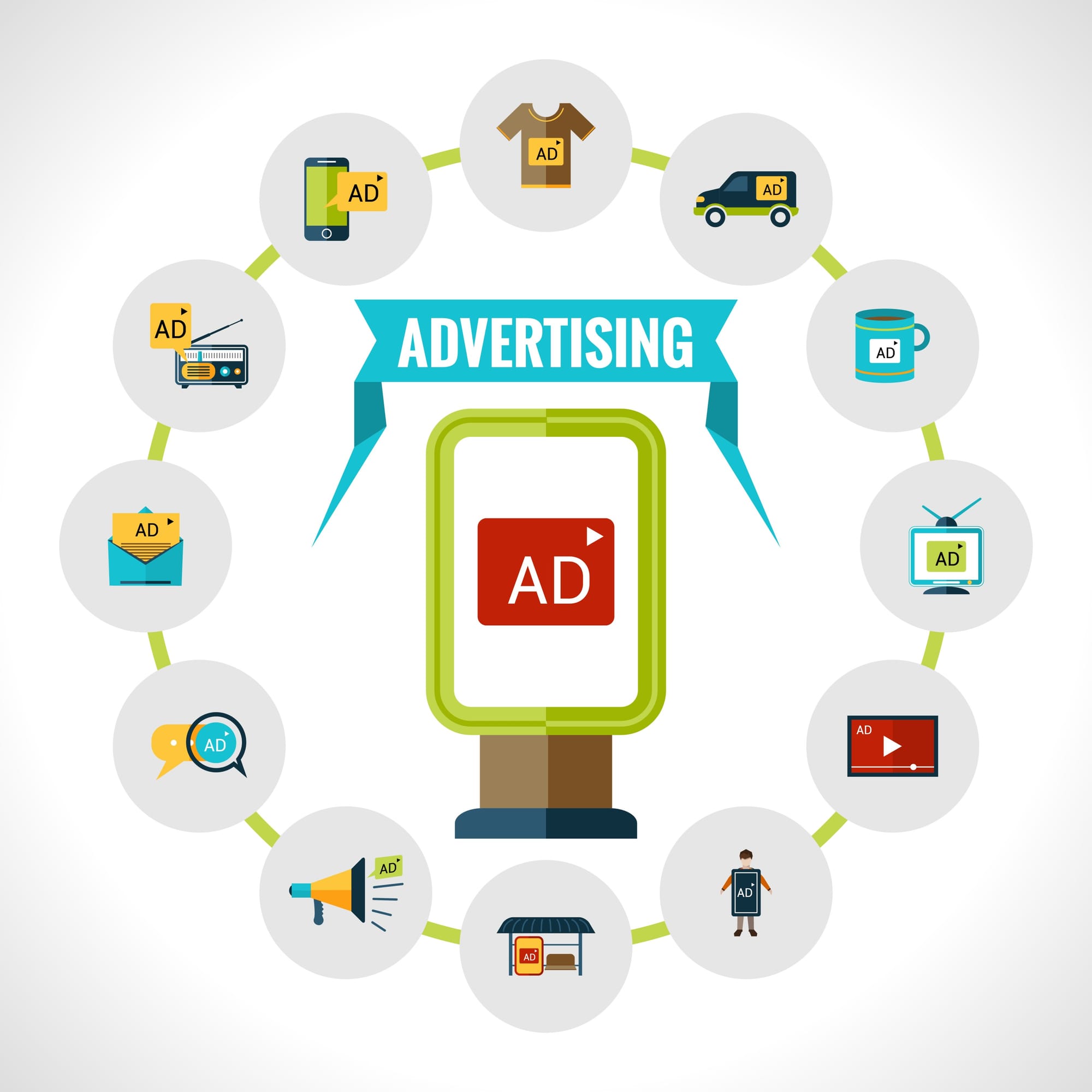
The different types of advertising, and how to use them
Not all advertising is created equal. Depending on your audience, budget, and goals, different formats will work better than others.
1. Digital Advertising: The Powerhouse
- Search Ads (Google, Bing) – Search ads are great for intent-driven customers actively looking for what you offer.
- Social Media Ads (Facebook, Instagram, LinkedIn, TikTok) – These ones are perfect for targeting specific demographics and engaging users where they spend their time.
- Display Ads (Banners, Pop-Ups) – Display ads are useful for brand awareness but require strong visuals and messaging to stand out.
2. Traditional Advertising: Still Relevant?
Yes, digital is king, but traditional advertising isn’t dead. TV, radio, and billboards still work—especially for big brands. The key is knowing when and where to place them.
3. Influencer & Content Advertising: The Trust Factor
Consumers are tired of being ‘sold to.’ They trust people over brands. That’s why influencer partnerships, sponsored content, and native advertising have exploded. These feel less like ads and more like genuine recommendations when done well.
How to Make Advertising Work for You
Advertising is about spending money wisely, not just spe. Here’s how to do it right:
1. Know Your Audience
If you’re advertising to everyone, you’re reaching no one. Get specific. Who are they? Where do they hang out online? What problems do they need solving?
2. Set Clear Objectives
Awareness? Leads? Sales? Each goal requires a different approach. Know what success looks like before launching a campaign.
3. Test, Measure, Adjust
Not every ad will be a home run. Track performance, tweak messaging, and refine your targeting. Data is your best friend.
4. Integrate, Don’t Isolate
Advertising works best when it’s part of a larger marketing ecosystem—content marketing, SEO, social media, email campaigns. The more aligned everything is, the better your results.

Integrating Advertising with Other Marketing Channels
To maximise impact, advertising must work alongside other elements of your strategy:
- Content Marketing
Great content is the backbone of many ad campaigns. Blog posts, videos, and infographics can be repurposed into ads that attract and educate your audience. For example, promoting an insightful article through sponsored LinkedIn posts positions your brand as an industry authority/ thought leader.
- Email Marketing
Pairing email with advertising reinforces your message. Use ads to drive traffic to landing pages, then follow up with targeted emails to nurture leads.
- Social Media Marketing
Social platforms are powerful tools for blending organic and paid efforts. A successful post can be boosted to reach more people, while ads can drive traffic to your social profiles for deeper engagement.
Common Advertising Mistakes to Avoid
- Overlooking Strategy
Jumping into advertising without a plan often leads to wasted resources. Align every ad campaign with your broader marketing strategy to ensure consistency and focus.
- Neglecting Creativity
Creative storytelling stands out in a sea of ads. Invest in compelling visuals, sharp copy, and innovative ideas to grab attention and make an impression.
- Ignoring Feedback
Customer feedback is a goldmine for improving your advertising. Pay attention to comments, reviews, and performance data to refine your campaigns over time.

Why Advertising Alone Isn’t Enough
While advertising is a powerful tool, it’s not a standalone solution. A cohesive marketing strategy, combining advertising with content, SEO, social media, and more, delivers the best results. Think of advertising as the megaphone that amplifies the messages crafted by your broader marketing efforts.
Advertising isn’t the be-all and end-all of marketing, but it is a crucial piece of the puzzle. When aligned with your overall strategy, it builds brand awareness, drives engagement, and ultimately boosts sales. But without strategy? It’s just noise.
So, next time you’re planning an ad campaign, ask yourself: How does this fit into the bigger picture? If the answer isn’t clear, it’s time to rethink your approach or just contact us to take your marketing to the next level!
